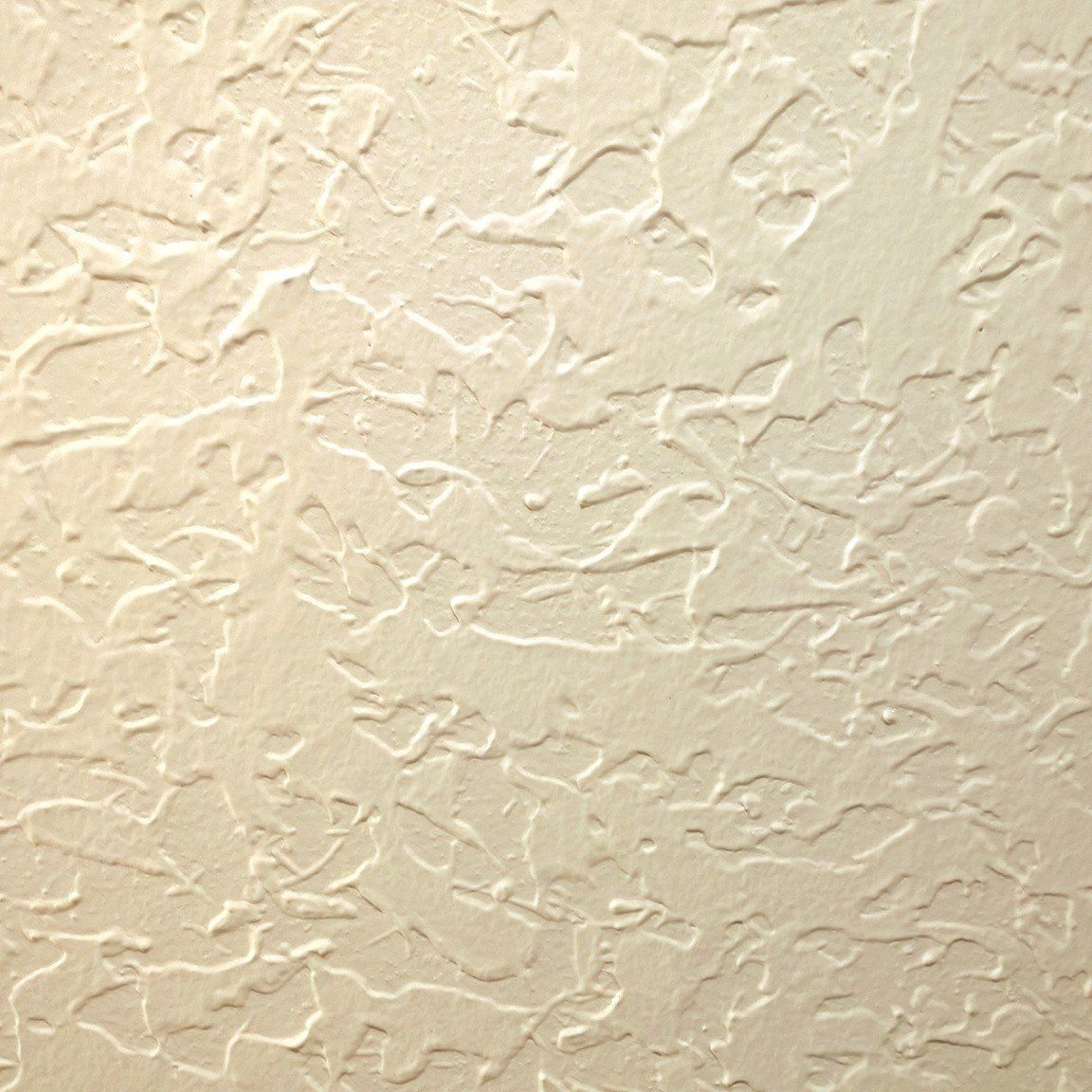Drywall Texturing Services, Drywall Dallas, TX

Drywall Texturing is the term used to describe any variety of surface texture, from mattes to frosted areas, created by either painting or staining plaster, sheet metal, sheet rock, gypsum board, marble and granite. Two categories of drywall texturing exists: hand applied drywall textures, as the term implies, are usually applied by the hand using rudimentary hand tools such as narrow trowels and brushes; spray textures must be performed by the use of modern spray machines and cannot easily be replicated by manual hand application. These two types of drywall textures are differentiated on the basis of their application method: wet or dry. Wet dry techniques usually refer to those which involve the application of drywall paint in addition to staining the surface, dry techniques involve only the application of drywall paint.
Textures Bring The Room Alive
A well-known example of drywall texture is the orange peel texture, which is created by painting a thin layer of drywall paint directly over a perfectly flat panel. This technique is used when the panel must be prepped for the paint application by buffing it first with a hard bristled brush. The resulting orange peel texture is highly irregular, which can be further enhanced by using various tools. One of the most commonly used tools for creating this type of texture is the roller texture tool, which comes in various shapes and sizes to suit different applications. This tool should be used on a piece of drywall that is flat and smooth.
Many homeowners prefer to add a touch of unique Drywall Texturing to their walls for additional depth and character. Some of these textures include marble dust, copper plaque, natural stone, and metallic finishes. Drywall textured finishes can be obtained by spraying the finish on one piece of drywall at a time. However, spraying is not advisable as the result can be uneven. Workpieces should be positioned on top of drywall that has been sprayed with a finish and allowed to dry completely before moving them.
Drywall Texture Methods
Another extremely popular method of drywall textures is mud and clay. Mud textures are created by mixing colored cement, sand, and water. Different colors are mixed depending on what will look best with the walls. Clay is also known as "sewer clay" as it contains clay particles that are ground down so they form a fine paste. These two types of drywall textures can be mixed to create any look desired, employing a variety of drywall texturing tools to achieve the effect.
In addition to mud and clay, another option when it comes to texturing is the orange peel finish, which is created by spraying a textured orange peel on a wooden frame. The texture creates an antiqued look that is perfect for kitchen remodels, interior decorating, and Texas textured walls. To create this finish, all the pieces in the frame need to be painted. This is a simple process that makes orange peel finished drywall textures a popular choice for remodeling projects, utilizing specific drywall finish techniques for the best result.
If a homeowner wants to create a very professional look, then drywall texturing may be used to achieve that look. There are different types of drywall textures to choose from; Intarsia drywall texturing, stenciled drywall texturing, hand painted drywall texturing, and spray painting drywall texturing. All these options have a smooth and textured surface and are perfect for bumpers, shelves, and other textured areas. Homeowners can choose from various textures because there is no limit to what can be textured. They may also use multiple textures at the same time or switch texture design often. Intarsia drywall texturing is the most difficult drywall texturing to execute and requires lots of practice with sheetrock texture tools.
Finishing Techniques
Drywall finishing techniques include painting over bumps and cracks, caulk, foam and joint compound, and wood filler. The technique that homeowners use depends on the look they want to achieve, the amount of money they have, and the walls imperfections they want to disguise. Choosing a finish depends on the style they want to achieve as well as the look they would like for their home. Finishes such as sanding, priming, and painting will make the finish look more professional and complete, employing various different types of drywall finishes.
Many people are very artistic and enjoy creating their own finishes but do not have the money or skills to pursue this hobby. Many homeowners do not want to pay professional fees for remodeling services and want to save money by doing it themselves. It is possible to learn the basics of drywall texturing and apply finishes yourself, using tools that are available at your local hardware store. Learning to do this home improvement job yourself gives you the ability to make small changes throughout the project and save a lot of money. Drywall finishing techniques and supplies are very inexpensive and simple to purchase online. Most companies offer free drywall tips, instructions, and sometimes discount specials for returning customers, encouraging texturing drywall by hand and exploring different sheetrock textures.
Conclusion
drywall texturing offers homeowners a wide range of creative options to add depth and character to their walls. From hand-applied techniques like mud and clay to spray textures such as orange peel finishes, there is a variety of methods to suit any style or preference. Whether you’re looking for a professional finish or a DIY project, mastering different texturing tools and techniques can enhance the look of any space. For more tips on drywall texturing and finishing,
visit our blogs for detailed guides, and if you need expert help, feel free to
contact us today!

